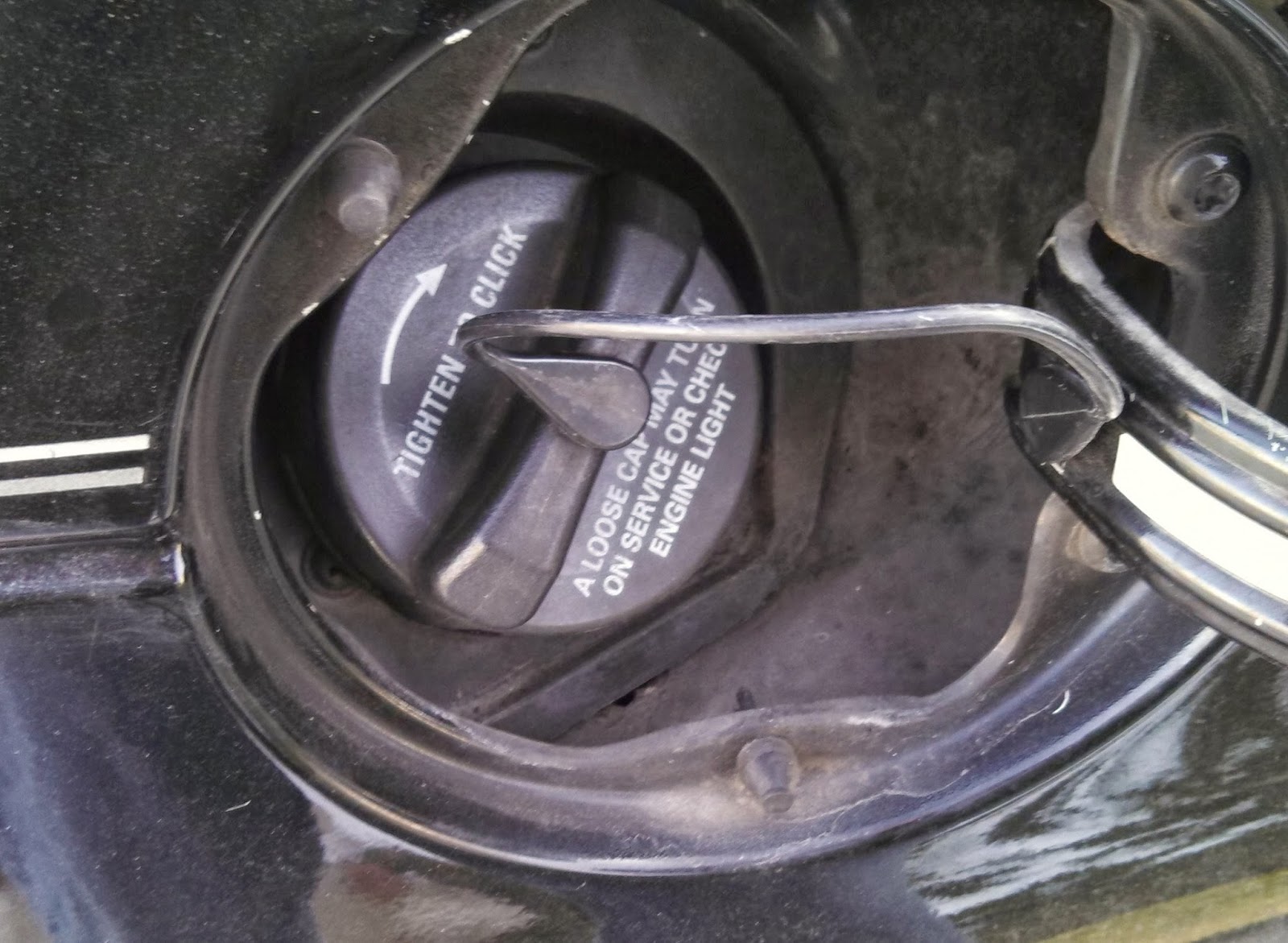Gas Cap Seal Troubles? Learn How to Fix It Yourself & Save!
Is your check engine light glaring at you? A loose or damaged gas cap seal might be the culprit. While it might seem like a minor issue, a compromised gas cap seal can lead to fuel evaporation, reduced gas mileage, and even release harmful vapors into the atmosphere. Luckily, addressing this problem is often a simple DIY fix, potentially saving you a trip to the mechanic.
A gas cap seal, that small rubber ring inside your fuel cap, creates an airtight seal to prevent fuel vapors from escaping. This unassuming component plays a vital role in your vehicle's emissions system and overall performance. Over time, the seal can become worn, cracked, or dislodged, leading to a range of issues. Learning how to address these problems can empower you to maintain your vehicle and prevent costly repairs down the line.
The introduction of stricter emissions regulations in the late 20th century underscored the importance of a properly functioning gas cap seal. Before this, fuel evaporation wasn't considered a major concern. However, as we became more aware of the environmental impact of vehicle emissions, the gas cap seal became a critical component in maintaining a sealed fuel system, preventing the release of volatile organic compounds (VOCs) into the air. Today, a faulty gas cap seal is one of the most common reasons for a "check engine" light.
Diagnosing a gas cap seal issue often starts with that dreaded check engine light. Other signs might include the smell of gasoline around your vehicle, a hissing sound near the fuel tank, or even a slightly lower fuel economy than usual. However, the check engine light is the most reliable indicator. Using an OBD-II scanner can confirm the issue by displaying a specific error code related to the evaporative emissions system (EVAP). Codes like P0440, P0442, P0455, or P0457 often point towards a gas cap problem.
Understanding the function and importance of a gas cap seal helps illustrate the potential repercussions of neglecting this small but crucial component. A compromised seal not only impacts your wallet through wasted fuel but also contributes to air pollution. Moreover, ignoring the issue could lead to more serious problems within the EVAP system, requiring more extensive and expensive repairs.
Replacing a gas cap seal is often a straightforward process. First, purchase a replacement seal, ensuring it's the correct one for your vehicle's make and model. You can usually find these at auto parts stores. Next, carefully remove the old seal from the gas cap. Some seals simply pull off, while others may require a small flathead screwdriver to pry them loose. Once removed, clean the gas cap thoroughly to remove any debris or old sealant. Install the new seal, ensuring it sits snugly in the groove. Finally, reattach the gas cap to your vehicle, making sure it clicks securely.
Benefits of Fixing a Gas Cap Seal: 1. Improved Fuel Economy: A tight seal prevents fuel evaporation, saving you money at the pump. 2. Reduced Emissions: Prevents the release of harmful VOCs, contributing to a cleaner environment. 3. Prevents Further EVAP System Damage: Addressing a faulty seal early can prevent more costly repairs later on.
Troubleshooting: If the check engine light persists after replacing the seal, there might be other issues within the EVAP system. Consult a qualified mechanic for further diagnosis.
Frequently Asked Questions:
1. How often should I replace my gas cap seal? It's generally recommended to replace it every 2-3 years or whenever it shows signs of wear and tear.
2. Can I drive with a bad gas cap seal? While you can still drive, it's not recommended. It can lead to fuel waste and potential environmental harm.
3. How much does a gas cap seal cost? They are typically inexpensive, ranging from a few dollars to around $20.
4. Can I use any gas cap seal? No, it's essential to use the correct one for your vehicle's make and model.
5. How do I know if my gas cap seal is bad? Look for cracks, tears, or hardening of the rubber. A check engine light related to the EVAP system is another strong indicator.
6. Can I fix a cracked gas cap seal? It's generally best to replace it rather than attempting to repair a cracked seal.
7. What happens if I overtighten my gas cap? Overtightening could damage the gas cap or the fuel tank neck.
8. Can a bad gas cap seal cause my car to fail emissions testing? Yes, a faulty seal can trigger error codes that will cause your vehicle to fail an emissions test.
Tips and Tricks: Inspect your gas cap seal regularly for signs of wear. When refueling, make sure the cap clicks securely. Avoid overtightening the gas cap.
In conclusion, addressing a faulty gas cap seal is a simple yet essential task for every car owner. This small, inexpensive part plays a significant role in your vehicle's efficiency, environmental impact, and the health of your EVAP system. By understanding how to diagnose, replace, and maintain your gas cap seal, you can save money, reduce emissions, and prevent more costly repairs down the line. Don't ignore that check engine light – taking proactive steps can save you headaches and money in the long run. Regularly inspecting and replacing your gas cap seal is a small investment that offers substantial returns in terms of vehicle performance, cost savings, and environmental responsibility. Take the time to check your gas cap seal today and ensure your vehicle is running at its best.
Is your dream bike too good to be true verify that vin
Say goodbye to checkbooks your guide to wells fargo online check ordering
Sending money abroad navigating currency exchange with western union













